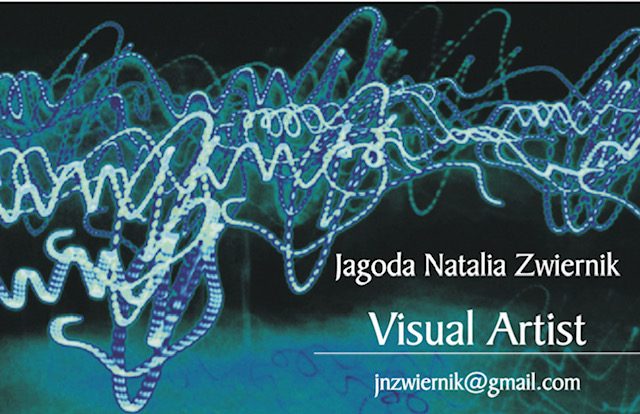Joseph Mallord William Turner
Scottish National Gallery (Royal Scottish Academy) https://www.nationalgalleries.org/exhibition/turner-january
1-31 January 2023
movie about the exhibition 👉🏻 https://www.youtube.com/watch?v=lo1ZowKkpc8&t=2s
Living in Edinburgh is very special for me, like for example this event is happening every year. That is exhibition I am always looking for especially in the middle of grey winter and rainy days.
Scotland’s famous collection of Turner watercolours was left to the nation by the great art collector Henry Vaughan in 1900. Since then, following Vaughan’s strict guidelines, they have only ever been displayed during the month of January, when natural light levels are at their lowest. Because of this, these watercolours still possess a freshness and an intensity of colour, almost 200 years since they were originally created.
Turner was one of the most prolific and innovative British artists of all time. He was born in Covent Garden, London in 1775, the son of a barber and wig-maker, and soon proved himself as an accomplished topographical draughtsman. He first exhibited at the Royal Academy in 1790, and at the age of twenty-six was elected an academician. The collection of oil paintings and works on paper by Turner in the collection of the Scottish National Gallery reflect the breadth of Turner’s interests, and reveal the various stages of his development as an artist.



this January, 2023 for the very first time for me, ive seen the Turners artwork in a diffrent gallery space.
In white space, what a difference for the viewer!

“Turner’s approach to the rendering of landscape was fresh and original. He repeatedly sought out scenes of awesome topography such as vast and imposing mountain ranges, and his approach to the weather was similarly dramatic. He was drawn to examples of striking and often extreme natural feats: storms, tumultuous seas, lightning, rainbows, and the breaking dawn all feature prominently in his work. His subject matter was not limited to landscape, but also incorporated contemporary, historical, literary, religious and mythological themes.”https://www.nationalgalleries.org/art-and-artists/features/joseph-mallord-william-turner










I love how Turner is drawing very small human postures, details that make the great whole.













Turner in ITALY❤️







Venice biennale in 2022❤️👆 it is amazing feeling to look at the same beauty hundred years later…




22.10 x 32.10 cm
A crack of lightning streaks the sky above the Piazzetta, the historic heart of government in Venice, and bystanders run for cover. The city of canals captured Turner’s imagination more than any other place. This watercolour dates from his third and final visit in August 1840. Beyond the statue of the winged lion of St Mark, the Doge’s Palace glows amber in the uncanny light. A section of St Mark’s Basilica shines ghostly white. Turner created the white highlights by scratching the paper surface. He is said to have used ‘his eagle-claw of a thumb-nail’ for this purpose.








Beautiful COLOURS!








Turner’s association with Scott continued and he was later employed to illustrate editions of Scott’s poetical and prose works. He visited Scott at his country house, Abbotsford, in 1831. Several of Turner’s illustrations for Scott’s works are among the watercolours in the collection.





my favourite!
storm
water
the source
anger
power
dark
energy
vivant
hope























a great details I didn’t see for all those years :)👇

Turner and SCOTLAND!
Early in his career Turner had recognised the benefit of working with printmakers, creating watercolours that could be engraved, and so spreading and enhancing his reputation. In 1818 Turner was invited to contribute illustrations to Sir Walter Scott’s new publishing venture, the ‘Provincial Antiquities and Picturesque Scenery of Scotland’. This was planned as a twelve-part serial, containing high quality engravings of sites of historical and picturesque interest, accompanied by descriptions written by Scott. This collaboration saw Scotland’s greatest romantic writer working together with England’s greatest romantic artist. Turner travelled to Scotland in the autumn of 1818 to make sketches for the commission. He produced ten watercolours to be engraved for the project, including ‘Edinburgh from Calton Hill’ and ‘Heriot’s Hospital, Edinburgh’.

👆Edinburgh from Calton Hill
Measurements:16.80 x 24.90 cm (framed: 58.90 x 43.70 cm)
Turner produced three views of Edinburgh for Sir Walter Scott’s Provincial Antiquities. Here he focuses on the construction of Regent Bridge and Waterloo Place, at the foot of Calton Hill. This ambitious project to bridge the deep ravine at Low Calton resulted from a need to create a route to the large new city jail, shown in the left foreground. Evidence of continuing building work can be seen in the long mason’s shed to the east of Regent Bridge. The silhouettes of the Castle, St Giles’s Cathedral and the Tron Church are shown on the horizon, with the Pentland Hills in the distance beyond.
“Heriot’s Hospital, Edinburgh”👇

